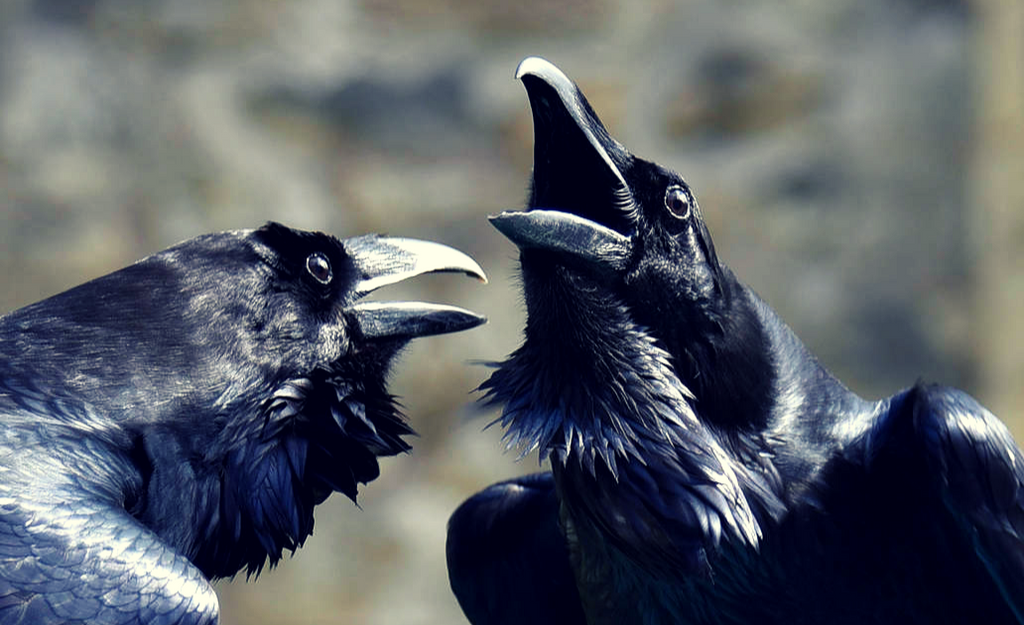The Cult of Odin: Artifacts Showed the Vikings Worshipped Odin
As far as we know, Odin was Viking supreme god. In the deeply-ingrained faith of the Vikings, Odin was the leader of the Norse Pantheon. The one-eyed god, Odin, would hold a lavishing feast to welcome the brave but fallen warriors to join him in Valhalla. Valhalla was the final resting place or afterlife that every Vikings desired to be.
Being such an important figure, Odin appeared very often in Viking daily life. The Vikings who were inspired by the tales of the one-eyed traveller wandering the world created amulets and carved on the runestones about this man. This presented the Viking cult of Odin in the Viking Age.
Why the Vikings worshipped Odin?
It was hard to tell why the Vikings worshipped Odin because the surviving materials are not enough to give us the most satisfying answer.
Odin was the god of wisdom, war, death, poem, and sorcery. Seldom could we see Odin in the battle but he could make the enemies terrified to death when facing in the battle. Somewhat, Odin was the god of war who presented the wisdom and the military tactics in the battle rather than the physical strength.
The Vikings who went on raiding to make their fortune and got their name known to the next generation. So in the battle, overwhelming physical strength was not the determining factor of success. Success was a process of assembling all the factors together. That was why the Vikings worshipped both gods (Odin and Thor) and even more gods like Frey god of fertility.
The cult of Odin proven by the Viking artifacts

The small statue of Odin found in Denmark. The statue made the archaeologists wonder about the historical existence of the Viking horned helmet. But then they quickly realized that the statue didn't present the horned helmet. Rather, it was the raven that the Vikings tried to present in the small stature.

The golden pendant depicting Odin riding on his Sleipnir horse dating to to 10th century

Odin on his high throne to observe the world below Asgard. Two ravens perching on the arm of the chair and two wolves in the background indicated that the statue belonged to Odin

The Viking runestone depicted Odin on his eight-legged horse, Sleipnir, welcomed by the Valkiery with drinking horns and the warriors were feasting.

Stora Hammars I stone depicted Odin and the transition phase of death and of fur.




